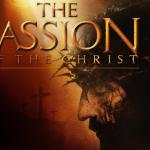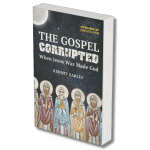Across many different cultures and faiths, the way prayer is delivered can be as important as its message. William FitzGerald, an assistant professor of English at Rutgers–Camden, casts prayer as a rhetorical art to find its common threads across all faiths in his new book Spiritual Modalities: Prayer as Rhetoric and Performance (Penn State University Press, 2012).
Rhetoric is the art of conveying a point in a convincing, eloquent, and effective way. According to the Rutgers–Camden scholar, these are the same actions that drive prayer. “When we pray, we are speaking in a kind of self-conscious mode of presentation,” FitzGerald says. “We think about how we come across. We think about delivering the prayer the correct way. We’re mindful of our attitude.”
FitzGerald specializes in rhetorical studies with particular interests in stylistics, speech acts, and the rhetoric of religion. He says prayer is not only about talking to oneself, addressing a divine being or connecting to other human beings. “It’s all of those things at once. It has multiple audiences, even when intended for one addressee. Prayer is always speaking at multiple levels and across different modes,” the Rutgers–Camden scholar explains. He says that it is important to note that prayer is as much about physical communication as it is verbal communication. Kneeling down, folding one’s hands, and even sitting up straight are conscious decisions people make when they pray to ensure the prayer is delivered properly.
Read the rest here















